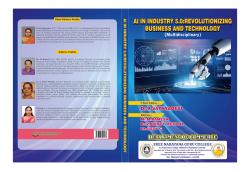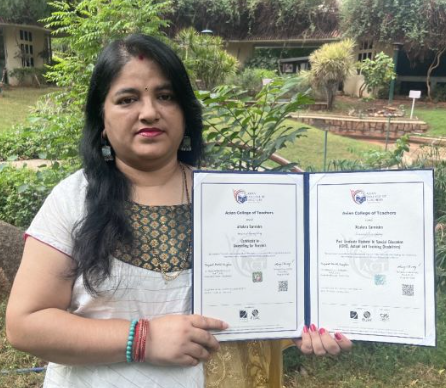MALWARE IDENTIFICATION USING BEHAVIORAL TRACKING
Abstract
Over time, technology has developed to the point where it now significantly influences many facets of our lives. This remarkable expansion has brought about a number of advantages and opportunities, but it has also inadvertently accelerated the transmission of malware and increased the number of malware attacks. The availability of automated and advanced code generators, obfuscators, and packers has led to an increase in complex and sophisticated malware. Additionally, in order to create new malware variants and evade detection techniques, malware makers purposefully include duplicate or needless API calls into instances. As a result, malware identification has become a significant problem for both consumers and companies. It is not computationally feasible to manually examine each suspicious data due to the
growing complexity and amount of malware samples. Machine learning techniques have shown a great deal of promise for automatically identifying dangerous samples by extracting important information from large feature sets of both benign and malicious samples. Therefore, the objective of this study is to create reliable machine learning-based malware detection techniques. The first technique extracts API call sequences by dynamically analyzing malware and benign samples. Purified API call sequences are obtained by removing unnecessary and noisy API calls from them. From these purified sequences, frequent sequential patterns are produced to provide a feature vector.









